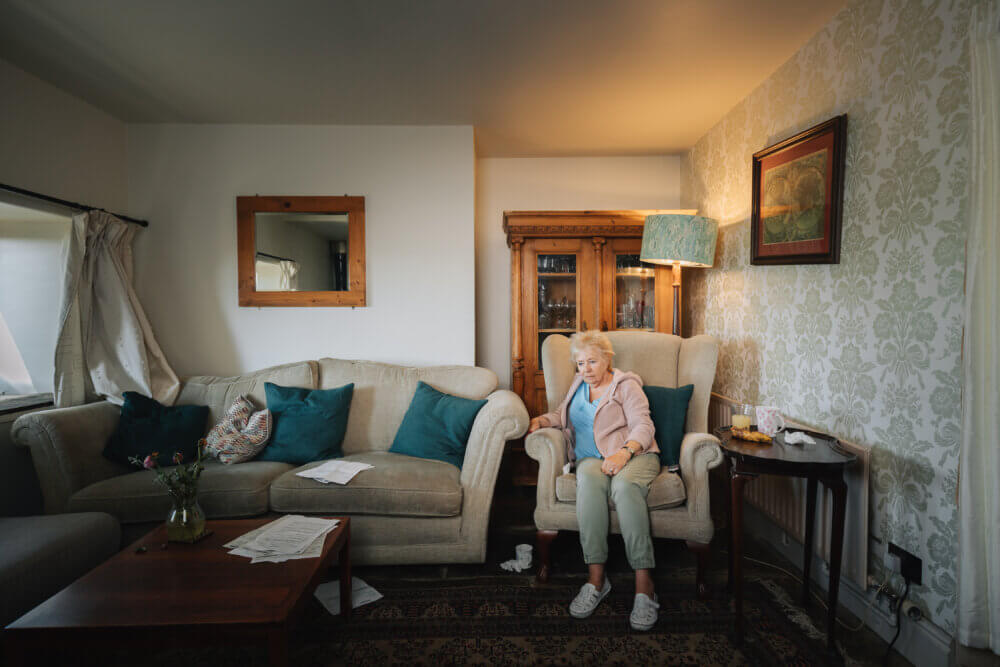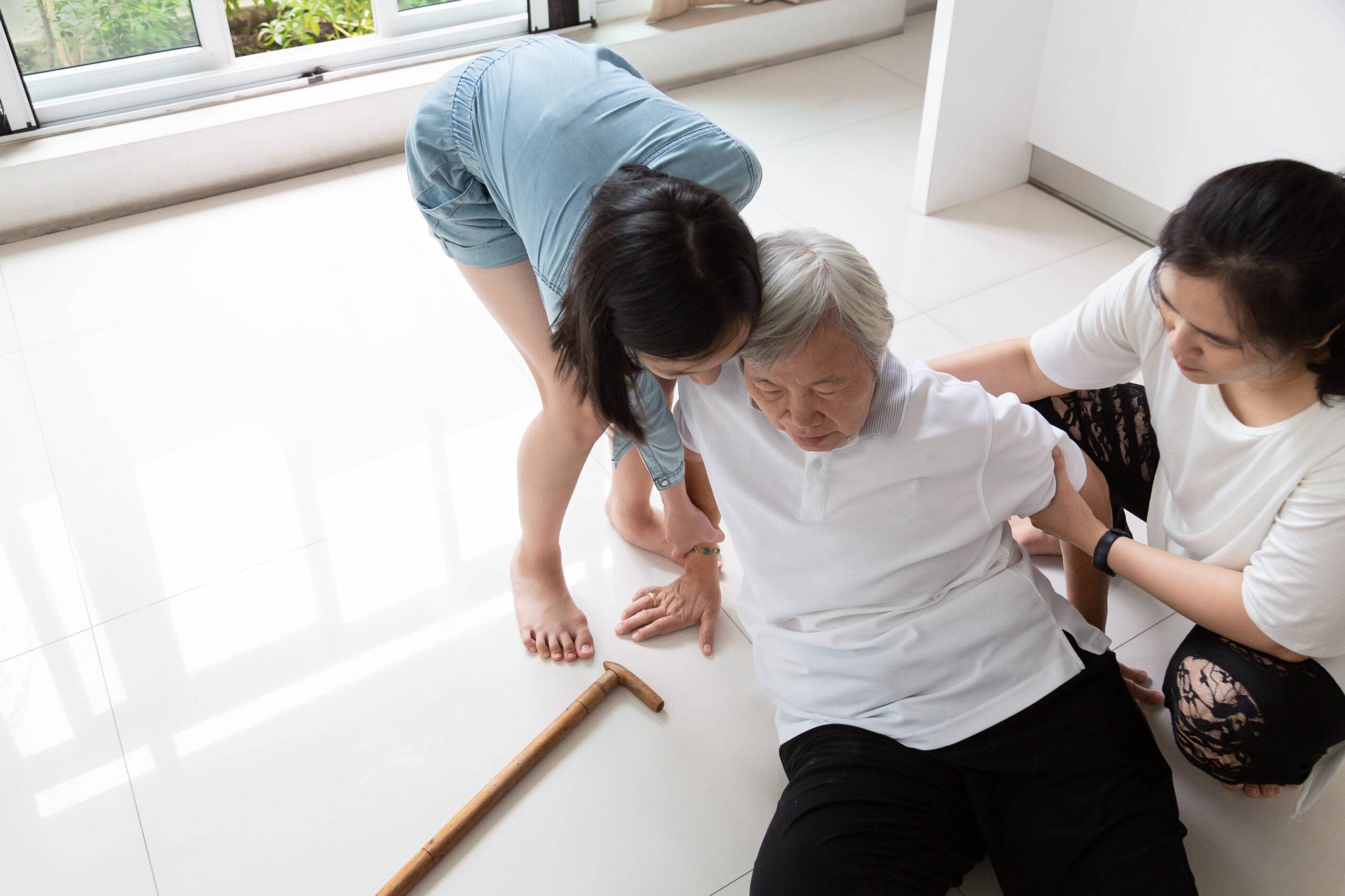As our loved ones age, ensuring their safety becomes a top priority. One essential aspect of this safety is fall detection. Knowing how to talk to parents about fall detection is crucial, especially when it comes to maintaining their independence while ensuring their well-being. This article will guide you through the conversation, offering tips and insights to help make it a positive and productive discussion.

Understanding the Importance of Fall Detection
Falls are a leading cause of injury among the elderly. They can lead to severe injuries, decreased mobility, and a loss of independence. Falls Prevention Facts highlight that timely intervention is crucial. Therefore, discussing fall detection with your parents is not just about prevention but also about ensuring timely help.
What is Fall Detection?
Fall detection technology uses sensors to identify when a person has fallen. These devices can alert caregivers or emergency services, ensuring that help arrives quickly.
Benefits of Fall Detection Devices
Fall detection devices provide peace of mind for both the elderly and their families. They ensure that in the event of a fall, help is immediately on the way.
Starting the Conversation
Knowing how to talk to parents about fall detection begins with empathy and understanding. Recognize their fears and concerns, and approach the conversation with care.
Choose the Right Time and Place
Select a time when your parents are relaxed and in a comfortable setting. This will help them be more open to the discussion.
Use Simple and Clear Language
Explain the concept of fall detection in simple terms. Avoid technical jargon and focus on the benefits, such as increased safety and independence.
Addressing Concerns and Misconceptions
Your parents might have concerns about privacy, cost, or the necessity of such devices. It’s important to address these concerns with patience.
Privacy Concerns
Many seniors worry about their privacy being invaded. Reassure them that fall detection devices are designed to respect their privacy while ensuring their safety. Seniors’ Resistance to Devices discusses these concerns in detail.
Cost Considerations
Discuss the potential costs and explore options that might be covered by insurance. Highlight the long-term benefits and potential cost savings from preventing a fall-related injury.
Exploring Fall Detection Options
There are various fall detection technologies available, ranging from wearable devices to smart home solutions. Explore these options together with your parents.
Wearable Devices
Wearables are discreet and can be worn as pendants or wristbands. They provide continuous monitoring and are a great option for active seniors.
Smart Home Solutions
Integrating fall detection within smart home systems offers a seamless safety solution. Smart Home Fall Detection provides more insights into these technologies.
Implementing Fall Detection Devices
Once your parents agree to use fall detection devices, assist them in the setup and ongoing monitoring to ensure everything works smoothly.
Setting Up the Device
Help your parents with the installation and setup of their fall detection device. Ensure they understand how it works and what to do in case of an alert.
Regular Monitoring and Maintenance
Regularly check that the device is functioning correctly. Update any software or firmware as required, ensuring optimal performance.
Benefits for Caregivers
Fall detection devices also offer peace of mind to caregivers, knowing that their loved ones are safe. Smart Elderly Care Solutions explores how technology aids caregivers.
Conclusion
Understanding how to talk to parents about fall detection is an essential step in ensuring their safety and independence. By approaching the conversation with empathy and clarity, you can help them embrace this technology for a safer future.

Frequently Asked Questions
What are the key features of fall detection devices?
Fall detection devices usually include automatic alerts, GPS tracking, and two-way communication.
How can I ensure my parents use the device regularly?
Involve them in the selection process and educate them on the benefits. Regular check-ins can also encourage consistent use.
Are there any alternatives to wearable fall detection devices?
Yes, smart home systems and mobile apps for fall prevention offer alternative solutions. More information can be found in Senior Fall Prevention Apps.
This article contains affiliate links. We may earn a commission at no extra cost to you.






